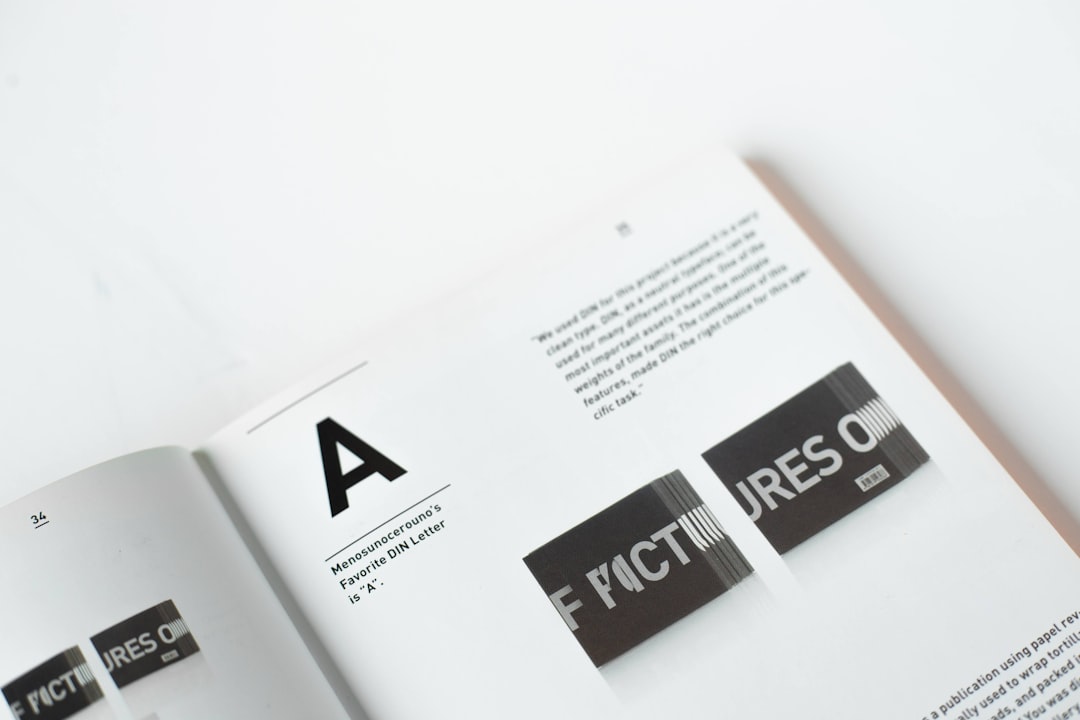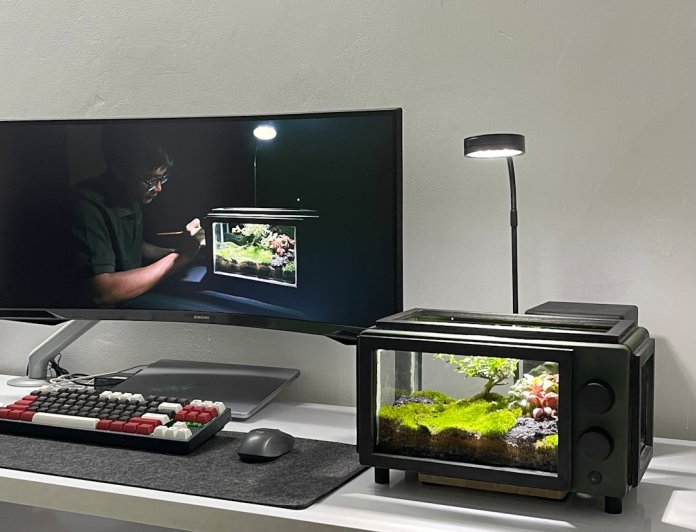It begins innocently enough—another late-night creative sprint, the glare of design software burning through your retinas, coffee cooling faster than your deadline is approaching. Perhaps it’s a landing page, a Twitch overlay, or yet another mockup that “just needs a little something.” But then, it happens: the soul-crushing paralysis of choice. There before you, like two tiny gods in a cosmic design duel, stand your eternal adversaries: pixel fonts and chunky 3D text. This is the 47th time you’ve faced this decision. And you wish it would be the last.
The Evolution of a Crisis
On the surface, it may seem like a simple stylistic decision—just typefaces, right? But for designers and creatives, the choice between pixel fonts and chunky 3D text has become a kind of existential dilemma. Each option carries with it layers of cultural implications, aesthetic histories, and design intentions that can affect the entire tone of a project.
So why is choosing between these two particular styles so emotionally—and creatively—draining? The answer lies in their deeply evocative nature and their power to transform a piece from flat and forgettable to delightfully nostalgic or heroically bold.
Deconstructing the Contenders
Pixel Fonts: A Nostalgic Whisper
Pixel fonts are like the quirky sidekick from an 8-bit RPG—endearingly blocky, proudly retro, and filled with nostalgic charm. They’re directly evocative of early computer software, arcade games, and basement programming of the 1980s and early ’90s.
Pros:
- Evokes a strong retro aesthetic and nostalgia.
- Excellent for tech-related content with vintage flair.
- Pairs well with lo-fi visuals and pixel art.
Cons:
- Can feel limiting due to the low-resolution look.
- Less effective for conveying modern or dynamic content.
- Needs precise visual context to not look out of place.
Chunky 3D Text: A Loud Declaration
This is the lion’s roar of the typography jungle. Chunky 3D text takes up space—literally. With shadows, bevels, highlights, and exaggerated proportions, this style bellows its presence into the visual hierarchy.
Pros:
- Makes a strong, impactful statement.
- Great for modern branding and titles.
- Excellent for creating a sense of volume and playfulness.
Cons:
- Can easily overwhelm subtle designs.
- Often requires more rendering time and higher design skill.
- Risks being seen as overly gaudy if poorly implemented.

Why 47 Times (and Counting)?
If you’ve found yourself debating between these two styles multiple times, you’re not alone—and there’s a psychological reason behind this ongoing tug-of-war. Designers are inherently tuned to both trends and timelessness. Pixel fonts deliver on nostalgia and textured history, while 3D chunky text screams contemporary vibrancy. These competing desires—to reference the past while also staying relevant—create a perfect storm for overthinking.
Every project is a new context with its own constraints, and neither of these options is a one-size-fits-all solution. That’s what makes choosing so agonizing. Instead of a clear formula, it’s more akin to interpreting dream symbols in a design tarot reading.
Context Matters More Than You Think
Imagine placing pixel text on a sleek crypto-fintech dashboard. It might feel jarring or ironically misplaced. On the flip side, placing chunky 3D letters on a game-scoreboard-style layout might make everything else feel bloated and clunky. Context reframes execution. And with modern tools offering immense flexibility, the line between tasteful and tacky has never been thinner.
This means the 47th decision always feels just as weighted as the first. You’re not just asking, “Which looks better?” On a deeper level, you’re asking:
“What does this choice say about the narrative I’m telling these pixels to convey?”
Popular Use Cases: When to Use Which One
Let’s lift the weight slightly by mapping out some industry-specific use cases for each typeface, giving you a clearer framework for when and why to make the call.
Pixel Fonts are perfect for:
- Gaming platforms: Especially indie games with retro themes.
- Tech zines: Any creative media that harks back to early internet aesthetics.
- Brand storytelling: Where historical lineage or digital heritage is key.
Chunky 3D Text works well for:
- YouTube thumbnails: To catch attention in a scroll-fast world.
- Posters and event promotions: Especially pop concerts, EDM festivals, and comedy shows.
- Web hero sections: Where maximum impact is needed at first glance.
The Dreaded Middle Ground
You may think the solution is to meet in the middle—create a pixel-styled 3D font or a bold, flat-palette chunky type with retro vibes. And yes, hybrid styles do exist and sometimes work brilliantly. But more often than not, this path complicates things further. Instead of solving the existential dilemma, the middle ground becomes what philosophers call the uncanny valley of intention—neither nostalgic enough to captivate nor modern enough to impress.
Designer Coping Mechanisms
Over the years, creatives have discovered both philosophical and practical coping strategies to endure this constant typeface conflict. Here are some tips:
- Limit your toolset: Keep a curated list of fonts in each category you’ve vetted as reliable. Narrowing choices cuts decision time.
- Prototype with both: Do quick mockups with both styles. Sometimes seeing context in action can make all the difference.
- Let the content speak: Choose the font that best enhances the core story or message—ask “What’s the heart of this piece saying?”
- Phone a friend (or a brand guide): An external opinion, or a brand’s visual identity, can tip the scales without emotional strain.
The Abyss Stares Back
At some point, all designers must confront the fear that this predicament will never end. And honestly—it might not. Typography is an evolving field where innovation and nostalgia battle daily for attention. And that’s okay. The beauty of facing this 47th crisis isn’t just in the tears and late-night despair; it’s in knowing that every choice you make builds a sharper intuition for the next.
So the next time you sit down, cursor blinking, unsure whether to go full 8-bit or sculpt your lettering into a neon monument, give yourself this moment of pause, of deliberate indecision. It’s not a weakness. It’s part of the magic.
And when in doubt, just remember:
Pixel fonts whisper, chunky 3D text shouts—choose the one that speaks your message loudest.
Or, alternatively… use Comic Sans ironically and call it a day.
